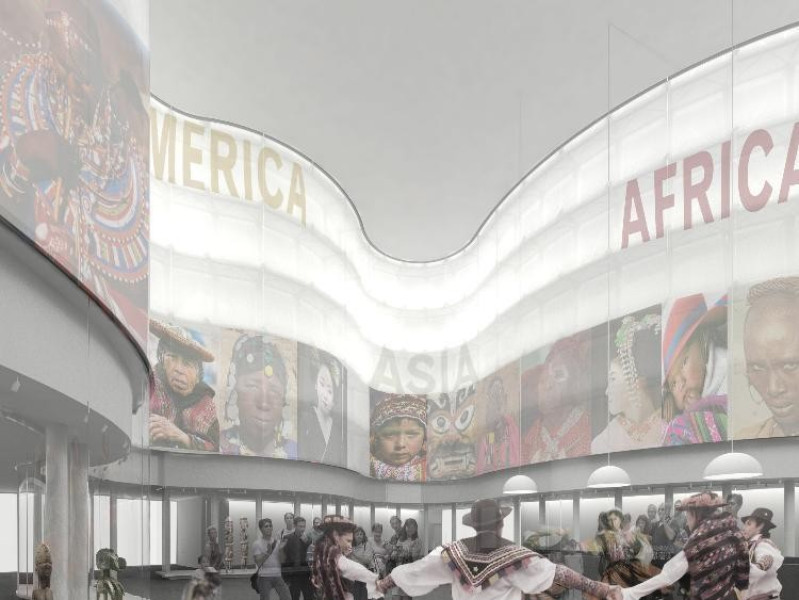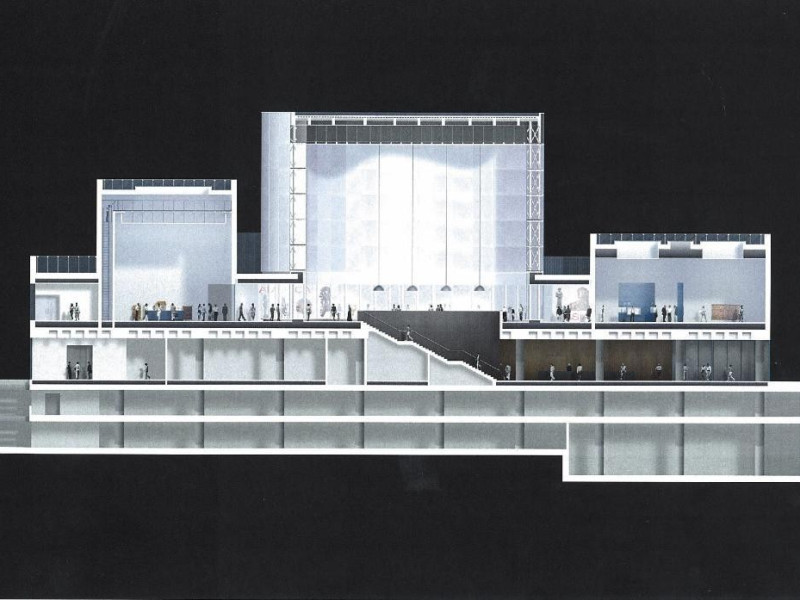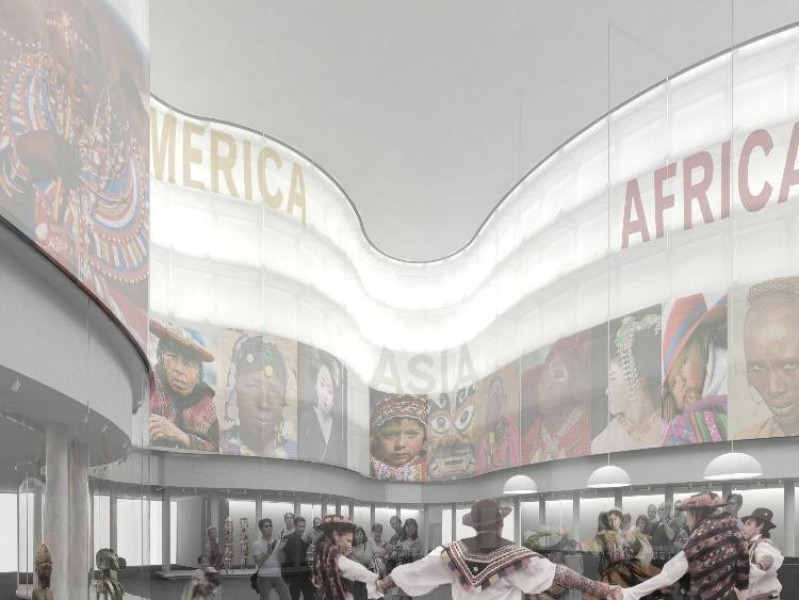I Musei del Castello Sforzesco
The Castello Sforzesco Extra-European Collections comprise a number of ethnographic and historical collections previously belonging to various public bodies in Milan. Inaugurated in 1858, the ethnographic and archaeological section of the Museo Civico di Storia Naturale received consignments of objects and items from various parts of the world on a regular basis. Together with Luigi Narducci, Antonio Raimondi was one of the first to send material from Peru. A donation made to the Museo Patrio di Archeologia in 1892 led to the creation of another public ethnographic collection in Milan and was followed in 1893 by the incorporation of the prehistoric and ethnographic material from the Museo di Storia Naturale. With the creation of the Castello Sforzesco museum system, the collection of the Museo Patrio di Archeologia was transferred to the castle together with others. In its new location, the collection was further expanded through the transfer of more material from the Museo di Storia Naturale in 1929. This was followed by various donations to the now established Ethnographic Collection of Castello Sforzesco, including the important Cordani gift of Mexican items in 1931 and the Vigoni gift of African artefacts in 1935. Bombing in August 1943 caused the destruction of most of the ethnographic material in the castle, the American nucleus being practically the sole survivor. Numerous donations in the post-war period then made it possible to replenish the collection. With the gradual specialization of the various sections of Castello Sforzesco, the ethnographic collection was renamed the Extra-European Collection and became part of the municipal collections of applied art.




